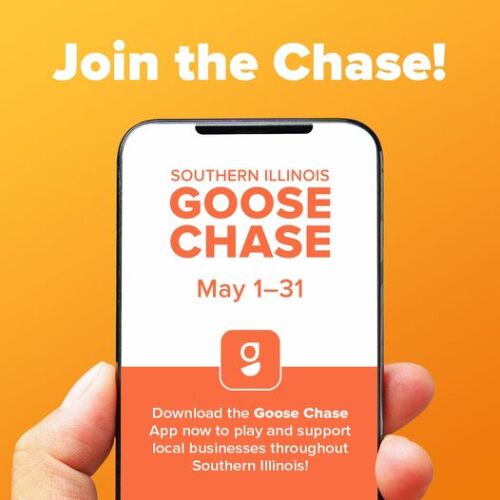SIU students create open source 3-D printer
October 27, 2014
Imagine being able to create an object out of thin air. Whether it is a new car, shoes or cell phone, a group of SIU students are working on making that a reality.
Six engineering students are working on a senior design project, titled Project Photoresin Additive Manufacturing, or PAM, a one-of-a-kind 3-D printer prototype.
Jeff Burdick, project manager and senior from Clifton studying mechanical engineering, said traditional 3-D printing is known as fused deposition modeling machines, or “spaghetti machines.” These printers lay down plastic filaments in layers, like a hot glue gun, following a blueprint from a special computer file, Burdick said.
Advertisement
Projects made on spaghetti machines take a long time to produce and are not as high quality. PAM fixes those problems by using a light-curing resin.
Jeff Burdick said the resin sits in a vat at the bottom of the stand. One or two high-resolution digital light processing printers, the same kind that would be used in a classroom, sit at the top projecting a laser down on the vat. The resin hardens as it comes in contact with the laser.
Daniel Olsen, a senior from Newberg, Ind. studying computer engineering, said PAM is set up to hold two projectors, increasing the possible build size of the final product.
“With most DLP printers, your build area is just a couple of inches, most of them use petri dishes,” Olsen said. “Ours is two to three times larger.”
Olsen said this method has several benefits compared to spaghetti machines. This machine creates a higher resolution product, with higher build volume––up to nine liters––and their design is cheaper than other DLP printers. There is just one moving part, so the device will not jam, as spaghetti machines are prone to do.
3-D DLP printers are becoming more popular in the world of 3-D printing, but what makes this machine one-of-a-kind is the fact that it is completely open sourced. Olsen said this means the hardware and software used by the group is available for the public to use, edit and improve.
Olsen said there are other printer developers that claim to be open source, but do not provide the proper documentation or access to their files. Project PAM follows the guidelines set forth by the Open Source Hardware Association, an organization that seeks to make technological knowledge available to everyone.
Advertisement*
Being open source means the group will not make any money by patenting its designs, but that was not the goal with the project.
“We wanted our efforts to go towards improving the world, not just making money, because you don’t make money on a senior design project,” Burdick said. “Not putting all of this effort in and watch it get stuck on a shelf and cannibalized for the next semester.”
Casey Spencer, a senior from Benton studying electrical engineering, has been working on the motors that make the printer move. Spencer said he had a basic knowledge of what 3-D printing was before the project, and has enjoyed actually being able to use some things he has learned in classes. He also said he enjoys being a part of the first team to do this.
“Our goal has shifted from the senior design thing, to actually doing something to really advance the open source community, and have it evolve,” he said. “3-D printing is still, at the consumer level, very new technology. People like us and everyone else who is doing it now are kind of like pioneers, so it’s been fun to be a part of that push.”
Burdick said the team received a small amount of money designated for senior design projects, but they went through their allotment before being able to purchase the projectors. The cheapest projector is around $300.
The group created an Indiegogo campaign to crowd-fund the remaining costs. They asked for $2,500, to spend on the projectors and additional materials, with leftover funds going to create a makerspace in the College of Engineering. A makerspace is a community-operated workplace where people can come together and use the printer.
“We decided to crowd-fund because the project, being open source, will benefit the entire community of makers,” Burdick said.
The campaign is set to end Tuesday, and so far the campaign has only raised $311.
“We’re going to use whatever we get to at least get one projector,” said Olsen.
Burdick said if the goal is not met, they will create another Indiegogo campaign to run longer, and resort to using money from their own pockets to keep the project going.
Project PAM has to be completed by the end of the semester in accordance with senior design project rules. They have also applied to enter PAM in the Intel-Cornell Cup, a college level design competition.
Austin Miller can be reached at [email protected], on Twitter @AMiller_DE or at 536-3311.
Advertisement







